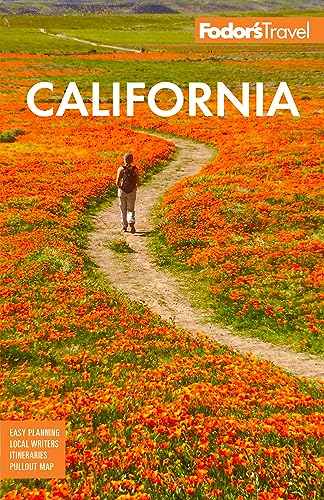Health/Safety
If you have a medical condition that may require emergency treatment, be aware that many rural and mountain communities have only daytime clinics, not hospitals with 24-hour emergency rooms. Take the usual precautions to protect your person and belongings. In large cities, ask at your lodging about areas to avoid, and lock valuables in a hotel safe when not using them. Car break-ins are common in some larger cities, but it's always a good idea to remove valuables from your car or at least keep them out of sight.
COVID-19
Although COVID-19 brought travel to a virtual standstill for most of 2020 and into 2021, vaccinations have made travel possible and safe again. Remaining requirements and restrictions—including those for non-vaccinated travelers—can, however, vary from one place (or even business) to the next. Check out the websites of the CDC and the U.S. Department of State, both of which have destination-specific, COVID-19 guidance. Also, in case travel is curtailed abruptly again, consider buying trip insurance. Just be sure to read the fine print: not all travel-insurance policies cover pandemic-related cancellations.
The Outdoors
At beaches, heed warnings about high surf and deadly rogue waves, and don't fly within 24 hours of scuba diving. When hiking, stay on trails, and heed all warning signs about loose cliffs, predatory animals, and poison ivy or oak.
Before heading out into remote areas, let someone know your trip route, destination, and estimated time and date of return. Make sure your vehicle is in good condition and equipped with a first-aid kit, snacks, extra water, jack, spare tire, tools, and a towrope or chain. Mind your gas gauge, keeping the needle at above half if possible and stopping to top off the tank whenever you can.
In arid regions, stay on main roads, and watch out for wildlife, horses, and cattle. Don't enter mine tunnels or shafts. Not only can such structures be unstable, but they might also have hidden dangers such as pockets of bad air. Be mindful of sudden rainstorms, when floodwaters can cover or wash away roads and quickly fill up dry riverbeds and canyons. Never place your hands or feet where you can't see them: rattlesnakes, scorpions, and black widow spiders may be hiding there.
Sunscreen and hats are musts, and layered clothing is best as desert temperatures can fluctuate greatly between dawn and dusk. Drink at least a gallon of water a day (three gallons if you're hiking or otherwise exerting yourself). If you have a headache or feel dizzy or nauseous, you could be suffering from dehydration. Get out of the sun immediately, dampen your clothing to lower your body temperature, and drink plenty of water.
Although you might not feel thirsty in cooler, mountain climes, it's important to stay hydrated (drinking at least a quart of water during activities) at high altitudes, where the air is thinner, causing you to breathe more heavily. Always bring a fold-up rain poncho to keep you dry and prevent hypothermia. Wear long pants, a hat, and sturdy, closed-toe hiking boots with soles that grip rock. If you're going into the backcountry, bring a signaling device (such as a mirror), emergency whistle, compass, map, energy bars, and water purifier.




